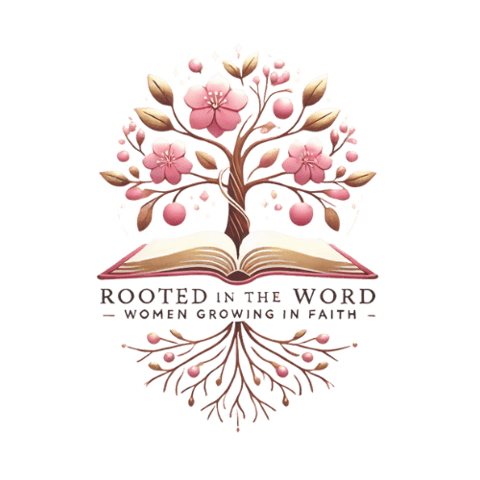A Comprehensive Guide to Choosing the Right Bible Translation
"With so many Bible translations available, choosing the right one can feel overwhelming. This guide breaks down the differences between translations, from word-for-word to thought-for-thought versions, helping you find the best fit for your study, devotion, and spiritual growth. Whether you're a new believer or a seasoned Christian, this post will equip you with the knowledge to make an informed decision.
3/26/20252 min read


Understanding Bible Translations
Choosing the right Bible can feel overwhelming, especially with the multitude of translations available today. Each version of the Bible has its unique flavor, tone, and purpose, which can significantly affect your understanding and personal connection to the text. In this guide, we'll break down the differences between various translations to help you find the one that resonates with you.
Word-for-Word vs. Thought-for-Thought Translations
One of the primary distinctions between Bible translations is whether they are word-for-word or thought-for-thought. Word-for-word translations, such as the English Standard Version (ESV) and the New American Standard Bible (NASB), aim to preserve the original wording as closely as possible. These versions are great for in-depth study, as they keep the original structure and meaning intact.
On the other hand, thought-for-thought translations like the New International Version (NIV) and the Good News Translation (GNT) focus more on conveying the meaning behind the words rather than mimicking the exact wording. This approach can be beneficial for those seeking a more accessible and contemporary understanding of Biblical themes without getting bogged down in archaic language.
Choosing the Right Translation for Your Needs
When it comes to selecting the right Bible translation, consider how you plan to use it. For academic study or serious theological research, a word-for-word translation might be your best choice for thoroughness. If you're preparing for a Bible study group, a thought-for-thought version may facilitate easier discussions and help clarify complex ideas.
Some translations, such as the New Living Translation (NLT), bridge the gap between these two approaches, offering a blend of accuracy and readability. It's perfect for casual reading, sharing with friends, or even introducing someone new to the faith.
Moreover, special audiences might benefit from certain translations. For instance, the New International Reader's Version (NIRV) caters to younger readers with simplified language, making it a suitable option for kids or those learning English. If you're interested in exploring poetry or literary elements of the scripture, consider translations that emphasize the literary beauty of the text, such as the New Revised Standard Version (NRSV).
Final Thoughts on Bible Selection
Ultimately, the right Bible translation is highly personal. It depends on your reading preferences, study goals, and what speaks to your heart. Don’t hesitate to explore multiple translations—compare their wording, insights, and overall feel to find a version that enriches your spiritual journey. Remember, it’s not just about selecting a translation; it’s about connecting with the message and allowing it to transform your life.
Happy reading as you dive into the world of scripture, and may you find the perfect Bible that guides and inspires you along the way!
